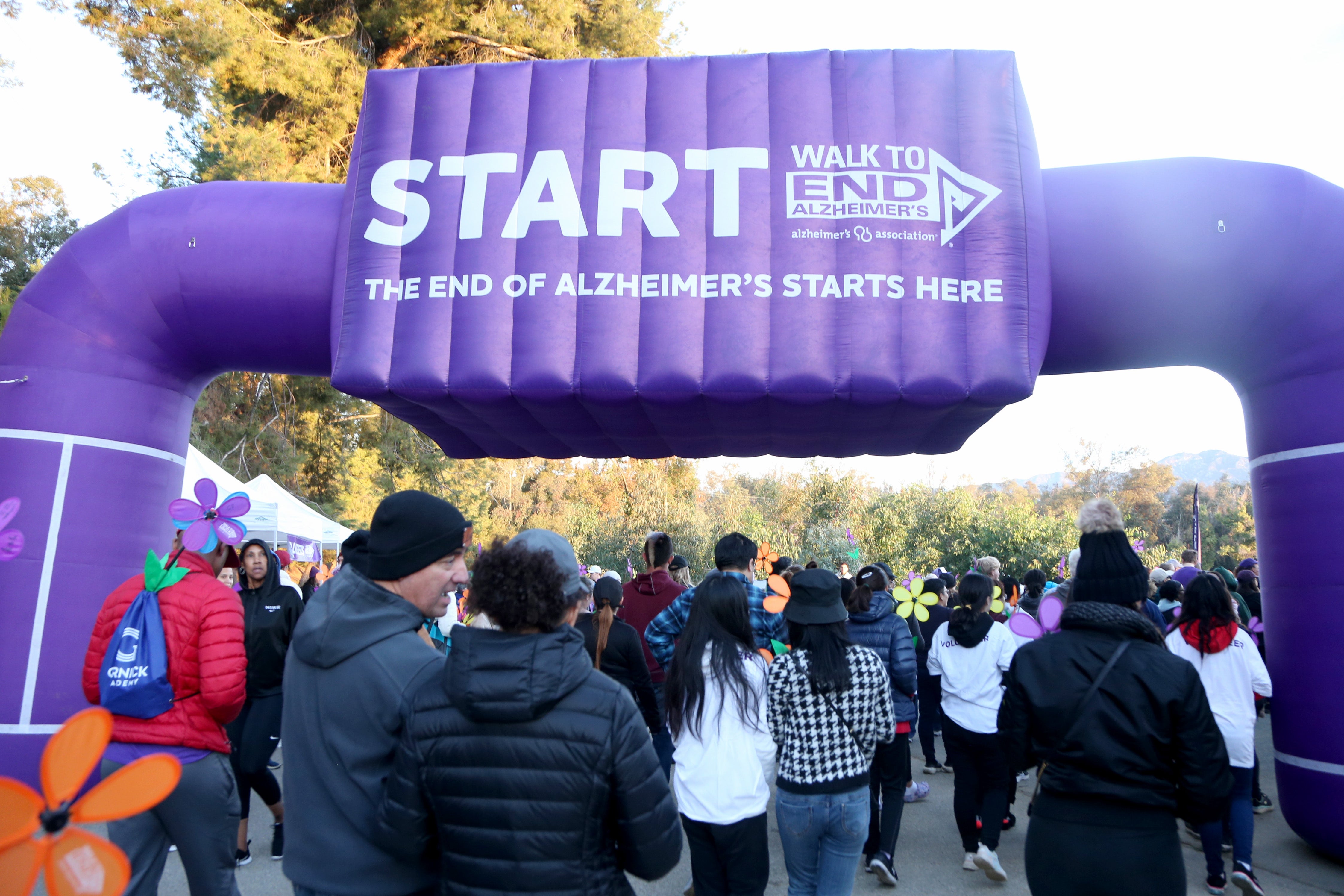A simple blood test could make early Alzheimer’s detection faster and cheaper, researchers say

A new blood test could make early detection of Alzheimer’s disease and related dementias faster, cheaper, and less invasive.
Researchers from U.C. San Diego have discovered that increases in proteins in the blood, following brain inflammation and nerve cell damage, were tied to a decline in brain function. The new blood test would look for surges of these proteins and compare the results to patients’ symptoms.
At present, there is only one approved blood test to diagnose Alzheimer’s on the market in the U.S. The Lumipulse blood test, costs between $500- $1,200 and is not covered by insurance companies, according to the Fisher Center for Alzheimer’s Research Foundation.
“This study highlights the promise of blood-based biomarkers as a more accessible and scalable tool for understanding cognitive decline, particularly in populations that have been underserved by traditional methods,” Dr. Freddie Márquez, a postdoctoral scholar at the School of Medicine, said in a statement.
Whether or not blood can reliably be used for disease detection on a larger scale remains unknown but the researchers believe it could strengthen a doctor’s diagnosis.
“It’s important to note that there’s still a lot we don’t know about the utility of blood-based biomarkers for Alzheimer’s detection,” Márquez said. “These tests have tremendous potential, but they should complement existing approaches, not replace them.”
Alzheimer’s is currently diagnosed using brain scans that look for specific hallmarks including the build-up of other toxic proteins in the brain and it may take weeks or months to be confirmed.
But time is an important factor: early detection gives patients and their families more opportunity to plan for the future. Most treatments for Alzheimer’s also work best for people in early or middle stages of the disease.

For the study, researchers looked for biomarkers in the blood tests of more than 5,700 Hispanic adults, aged 50-86 years old.
Hispanic Americans have a greater risk of developing Alzheimer’s than other Americans. It’s unclear why but the minority group suffers more from diabetes, stroke, and heart problems than white Americans – all which increase the likelihood of developing Alzheimer’s.
Some 7.2 million Americans live with Alzheimer’s disease. That number is expected to increase to nearly 13 million by 2050, linked to America’s aging population.




